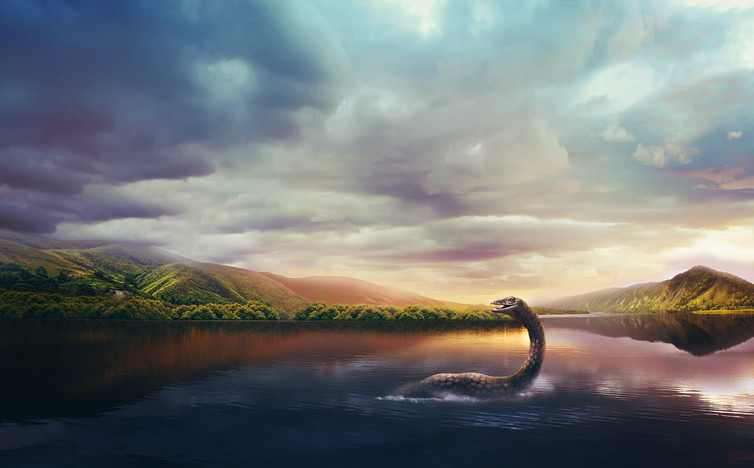After fears the Loch Ness Monster had “disappeared” last winter, a new sighting in May 2017 was celebrated by its enthusiasts. The search for monsters and mythical creatures (or “cryptids”) such as Nessie, the Yeti or Bigfoot is known as “cryptozoology”.
On the face of it, cryptozoology has little in common with mainstream conservation. First, it is widely held to be a “pseudoscience”, because it does not follow the scientific methods so central to conservation biology. Many conservation scientists would find the idea of being identified with monsters and monster-hunters embarrassing.
Moreover, in the context of the global collapse in biodiversity, conservationists focus their attentions on protecting the countless endangered species that we know about. Why waste time thinking about unknown or hypothesised creatures? Most people are rightly sceptical of sightings of anomalous primates or plesiosaurs in densely populated regions that have been surveyed for hundreds of years.
However, while there are strong ecological and evidence-based reasons to doubt the existence of charismatic cryptids such as Nessie and Bigfoot, conservationists should not automatically dismiss enthusiastic searches for “hidden” species. In fact, cryptozoology can contribute to conservation in several ways.
Known unknowns
Firstly, the process of mapping out the world’s species is far from finished. Conservationists aim to protect and preserve known plants and animals – but it is not always appreciated how many remain “undescribed” by scientists. Since 1993, more than 400 new mammals have been identified, many in areas undergoing rapid habitat destruction. The number of undescribed beetles, for example, or flies, let alone microscopic organisms, will be huge.
We are entering a new age of discovery in biology with descriptions of new species reaching rates comparable to the golden era of global exploration and collection in the 18th and 19th centuries. The advent of methods such as DNA barcoding offer the possibility of automated species identification.
A recent mathematical model predicted that at least 160 land mammal species and 3,050 amphibian species remain to be discovered and described. Other predictions suggest that a large proportion of undescribed species will go extinct without ever being recorded or conserved at all – a phenomenon we might term “crypto-extinction”.
The father of cryptozoology, Bernard Heuvelmans, argued that “the great days of zoology are not done”. In the sense that so many species remain undiscovered, he was correct. The main principle behind cryptozoology is soundly zoological: species exist that humans have not discovered or described. The quest to locate and protect the world’s biodiversity is one that conservation and cryptozoology share, even if cryptozoologists tend to focus their attentions on the large, mythical and monstrous, over the small, plausible, and non-mammalian species in our midst.
Cryptozoology involves rampant speculation and unconventional surveying methods. But controversial new “findings” can inspire a renewed quest to better map out the natural world. This was the case with the cryptid spiral-horned ox, never seen by a scientist in the flesh and known only from a few horns found in a market in Vietnam. The debate between rival camps of zoologists about whether the ox existed pulled together historic accounts, local folklore, and samples of museum specimens – all classic cryptozoological methodologies.
This article was originally published by The Conversation.





